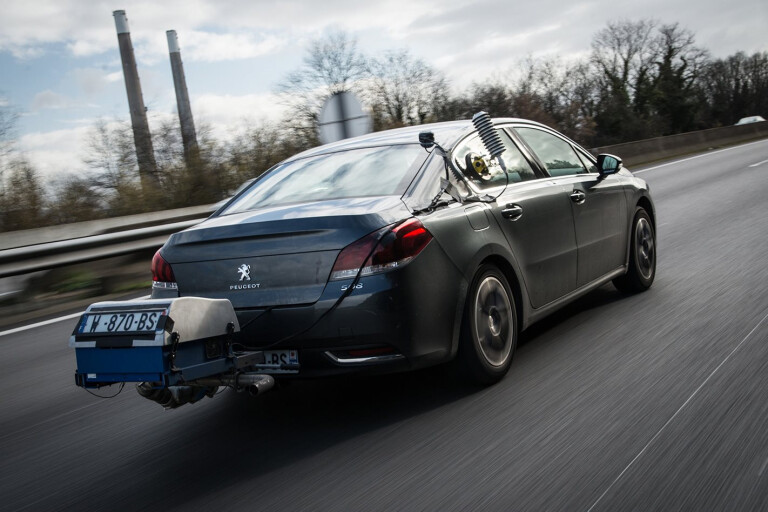
Finally we have proof that the fuel economy figures claimed by manufacturers do not reflect real world fuel usage, according to new data released by PSA Peugeot Citroen.
The figures, released overnight from Europe, show that real-world testing of fuel consumption differs from one to two litres per 100km from standard manufacture figures calculated in lab tests.
In a world-first initiative that test fuel consumption in real-life scenarios, PSA has assessed 30 models in a bid to offer buying customers more transparency.
With automaker fuel consumption and CO2 emissions under scrutiny due to Volkswagen’s Dieselgate crisis, PSA announced last year the company would undertake comparative testing between standardised lab tests and real world tests in Europe.
“We’re doing this to be completely transparent and open and honest to the buying public,” said Tyson Bowen, PSA Australia’s PR and Communications Manager.
“These [figures] give you a representative idea of what a real world driving cycle would be.”
The current test system under the New European Driving Cycle (NEDC) conducts urban and extra-urban tests in controlled laboratory conditions. The real-world test, however, takes the ever-changing natural environment and driving of customers into account.
In real-world testing, the protocol has cars loaded with luggage, people and testing equipment while driving in urban (25km), rural (39km) and motorway conditions (31km) on a 100km test loop with the air-conditioner on. Additionally, they’re forced to battle the changing elements of winds, traffic conditions and varying road gradients.

The procedure was developed in partnership with French NGOs Transport & Environment (T&E) and France Nature Environment (FNE), and then examined by the French division of the international auditing agency; Bureau Veritas. The figures drawn from the results were also compared to a customer survey conducted by PSA.
“The results correlated almost perfectly with customer data that PSA gathered last year,”
“Customers throughout Europe were asked to undertake part of a trial to report experience with fuel efficiency in their cars and environment… What people are seeing is consistent across the board.”
The figures, however, are based on European models which will differ to Australian cars given environmental and specification variations.
Payload, tyres, environmental conditions, shape of the car and drivetrains all influence fuel figures, so naturally, Aussies should expect some variations in their car’s true fuel consumption.
Despite slight variations in figures, PSA has said the real-world testing should give consumers increased confidence in the figures.
PSA is the first manufacturer to explore methods outside the NEDC so far, with other manufactures – such as Mercedes Benz – set to follow suit.
“We have no local plans at this stage, as those tests are initiated by our German counterparts,” said PR and Product Communications Manager of Mercedes Benz Australia, Jerry Stamoulis.
“But all future Mercedes Benz models will be RDE (Real Driving Emissions) test compliant, beginning with our new Mercedes E220 CDI Bluetech, which is due to be launched at the end of this month.”
Let’s hope Citroen’s initiative spreads to other brands.
COMMENTS